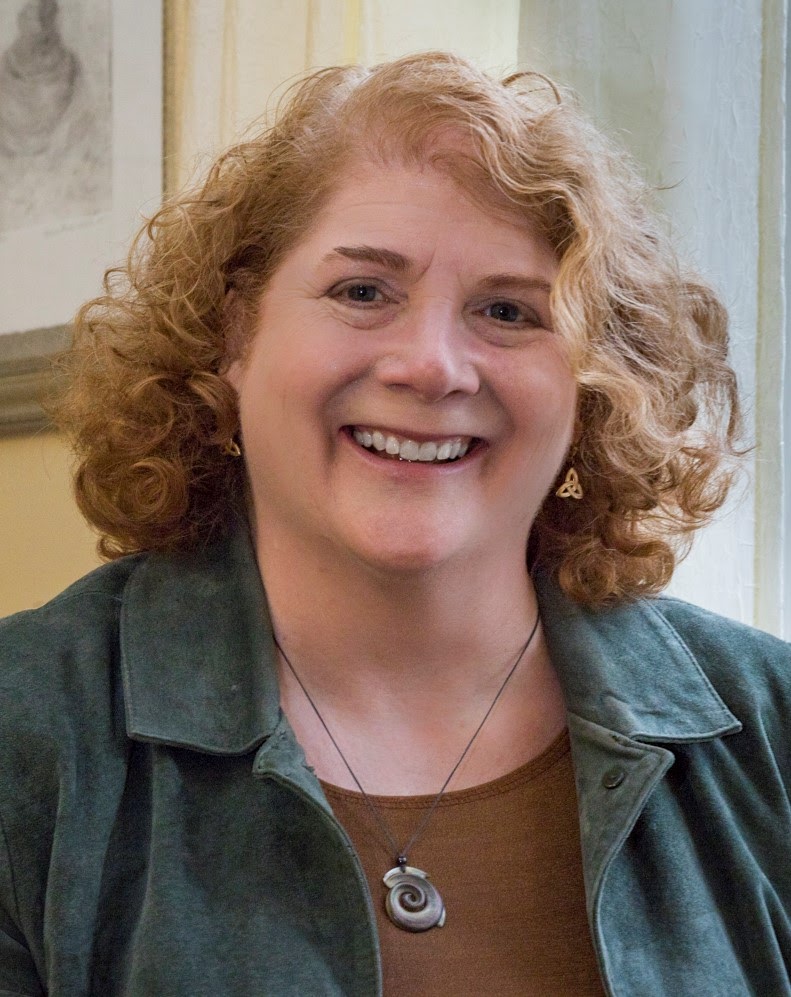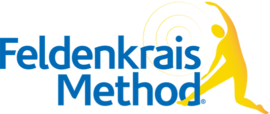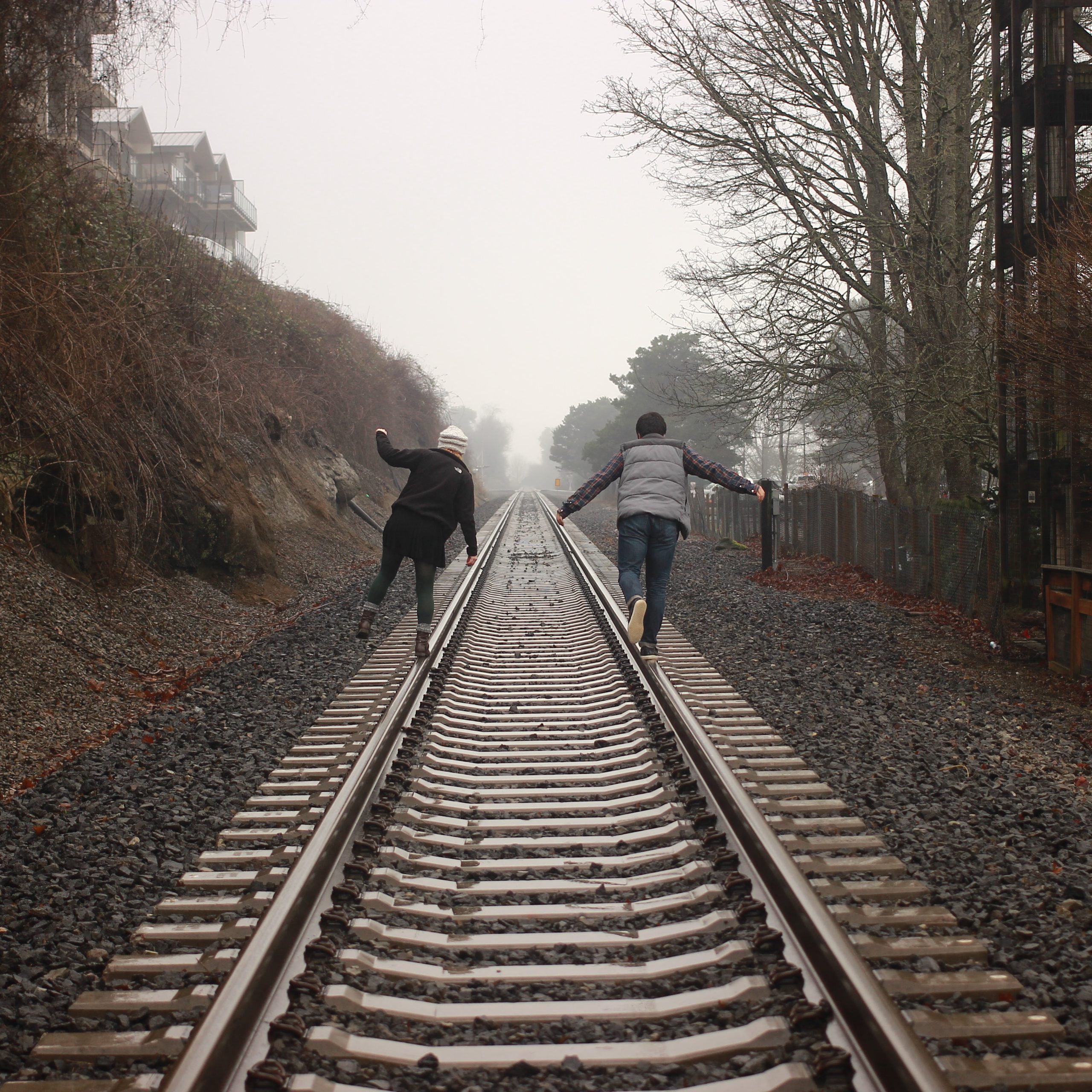By LeeAnn Starovasnik, GCFP, NLP Practitioner
Photo by Jonathan Pendleton on Unsplash
It’s not uncommon to hear friends say they feel “off balance” when life throws them a curveball. Since March, however, the year 2020 has thrown us countless ones. We live in extraordinary times. We’ve changed how we shop, work, study, exercise and socialize. How do we attain and retain our balance right now?
A majority of my students’ primary desire is to age well and live independently as long as they can. They know that losing their balance could mean losing that independence. Our work together facilitates their ability to embody balance on all levels: physical, mental and emotional. When I began calling my Awareness Through Movement® classes, “Balance in Action using the Feldenkrais Method®” and my class size more than doubled, I knew I was meeting a need.
Many students come in search of improving their balance and struggle to describe what that means to them other than “not falling.” Some test their balance to see how long they can stand on one leg to see if they are getting “better”. There’s nothing wrong with that. However, I invite students to expand their definition of balance beyond static poses and into how they move through their daily activities, framing balance as an action rather than a destination. We joke about how only the Queen’s guards are being paid enough to stand still for a long time. My students prefer to be active–they work, volunteer, maintain their gardens, keep up with their grandkids and travel the world. Everyone wants to return to life as it was before when it is safe to do so. Learning to sense and feel balance, to explore embodiment, can be a worthwhile exploration when we are living with the current constraints.
Remember learning to ride a bike? Ski? Walk on a railroad track? We’ve all lost our balance, fallen, hopefully recovered well and tried again. The brain learns from Goldilocks-type experiences such as going too far to the right and then too far to the left, then being able to calibrate what is more “just right.” Even NASA’s brilliant team working on Apollo 11’s trip to the moon reported it was only on course 3% of the time. The remainder of the time they were course correcting – like a sailboat tacking this way and then that way on their way to their destination. That works!
Initially, when students report that they notice having more weight on one foot, or one shoulder is closer to the ceiling, some seem concerned that something is “wrong” with them, that something is “off balance”. I assure them that most of us feel differences from side to side and that we are not symmetrical, which is news to many. In finding balance, rather than making the goal to become the same on both sides, we focus on a learning process of discovering, recovering and maintaining a more optimal use of our whole self more of the time.
I am intrigued by the question of what is possible when we approach our movement and our sense of balance as a learning process. My own experience of embodiment has given me insight about the connections between movement, thoughts, feelings and sensations in healing.
One sunny day in March of 2016, taking a walk in my neighborhood, I fell, breaking both of my elbows. I’d been practicing and teaching Awareness Through Movement classes for over sixteen years. Did I do something wrong? Had I not practiced enough? No, it was an accident. I lost my balance on a new edge of pavement that I was unfamiliar with and my attention was elsewhere.
Accidents happen to the best of us. The question is, how do we recover and rediscover our abilities after such unfortunate events? The surgeons said I would never return to complete extension in both elbows after my accident, but the fact is that I have.
An unexpected result from my fall and healing process was deeper self-acceptance. I attribute that personal growth to years of practicing the Feldenkrais Method with teachers who created a safe, nonjudgmental learning environment that I unconsciously adopted and embodied. If this event had occurred earlier in my life, I’m positive that I’d still be suffering from internal judgment and shame. Grateful that that part of me had grown and healed emotionally and mentally, I was more able to focus on my recovery. Score countless points for the practice, for having a patient Feldenkrais-practitioner partner and my experiences observing seemingly miraculous recoveries in our community.
So here we are, many of us, riding a pandemic roller coaster of spikes and flattening curves, masking, distancing, and cleaning, feeling anxious about our future. Can taking Awareness Through Movement classes or working privately via Zoom with a practitioner help us maintain our balance? My students and peers report “yes!” This week my students remarked how it reduced their anxiety and cleared their heads of the national news. We can apply Feldenkrais principles to living and moving through these challenging times:
- Create an environment of non judgment.
- Remember, we can’t do it “wrong” – we’re all learning. We haven’t lived through this kind of pandemic or political environment before.
- Sense for ourselves as we move, experimenting and exploring the possibilities of what is okay to do and when to rest.
- Return to the movement laboratory for the opportunity to safely explore with the support of the ground and sense what works best, feels good and is breathable and repeatable.
At the end of a Zoom class recently one of my 80-year-old students beamed when she reported feeling her skeleton for the first time while walking around her house at the end of a lesson. The chance to witness her empowered feeling of stability through her bones, discovered through self-guided experiments, is why I love this work. This “ah ha!” delighted us both and proved to me that there is value in the teacher-student connections via technology, allowing the student to sense a new movement pattern while in one’s home.
I’m grateful for my Feldenkrais practice and for my inspiring students. A recent class that I taught helped them set their intentions to embody balance, relaxation and vitality. You can try the lesson by clicking here.

LeeAnn Starovasnik is a practitioner in Seattle. You can learn more about her work at NextStepConsultingInc.com and view her class schedule at https://leeannsfeldenkraisschedule.as.me/schedule.php

